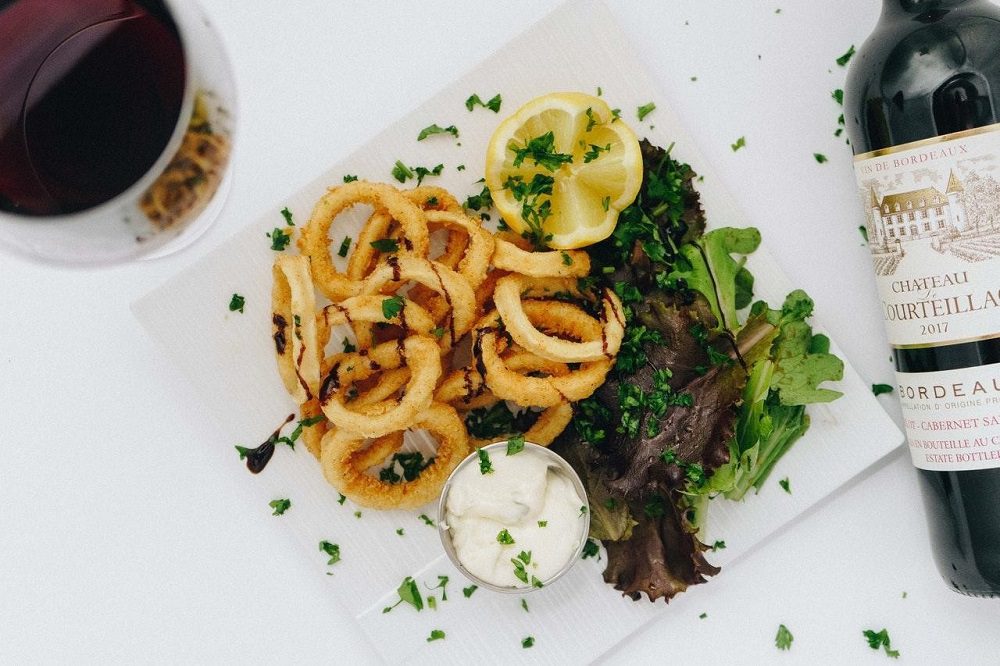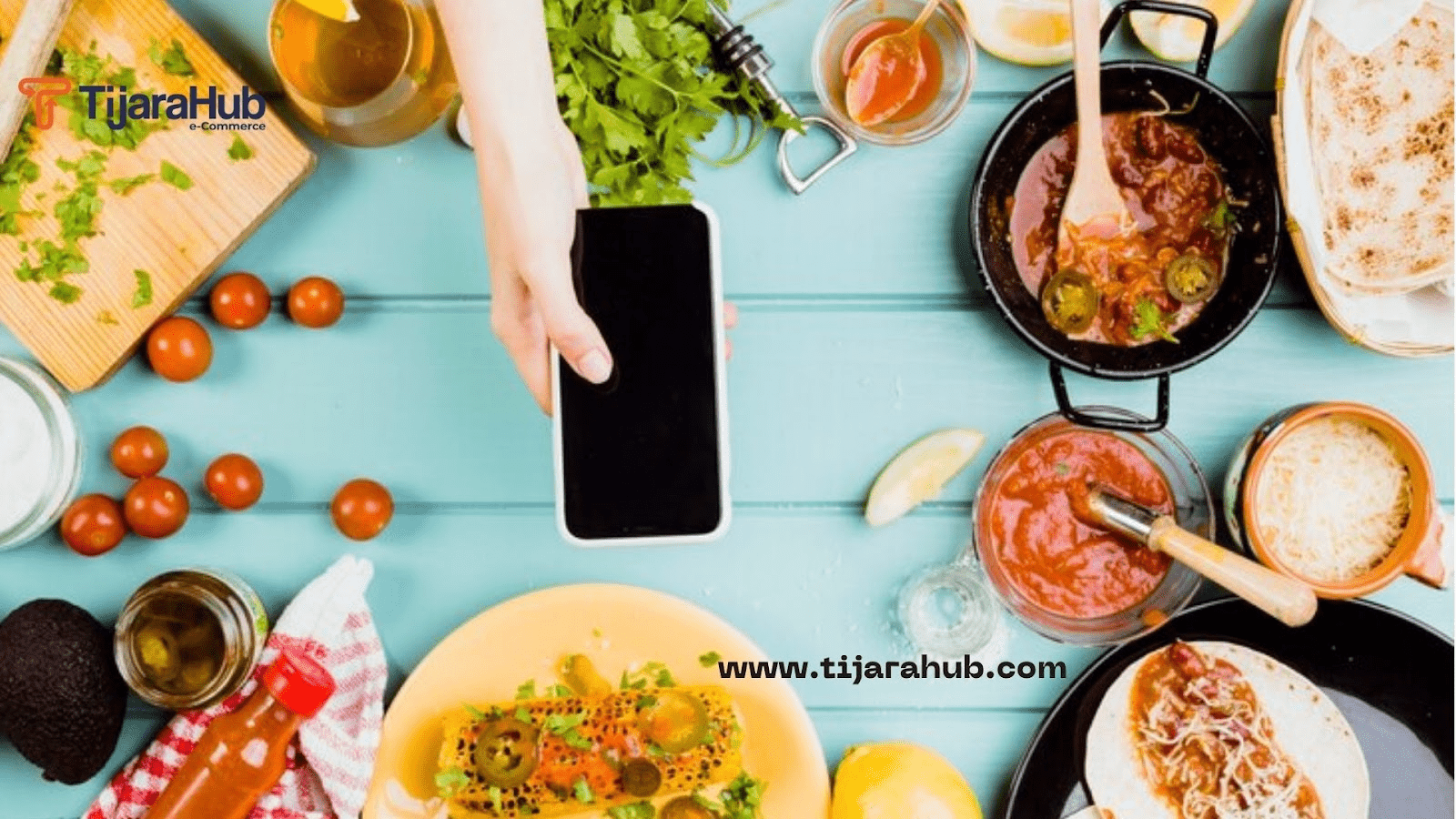Whether they?re breaded and fried or sauteed along with other mixed seafood and vegetables, we can?t deny that squid is indeed a delectable fruit of the sea. You just have to do it right, since it has a delicate nature.
Leave it in the pan just a few minutes past its cooking time and you?ll end up with a tough and rubbery squid. And let?s be honest: hurting your jaw from all that chewing isn?t fun at all.
If you always mess up your squid this way, you may be asking: where did I go wrong? Well, lucky for you, we?ve rounded up a few mistakes you might be committing when cooking squid and some golden rules to make it right.
Squid is one of the trickiest seafood to cook. If you want to cook it perfectly, here are 7 tricks to keep in mind.
1. Use freshly bought squid immediately
Squid spoils quickly, like most shellfishes. The best way to preserve its quality is by cooking it the same day it?s bought. You should also make sure you?re buying from a reputable seafood market with vendors who guarantee fresh and high-quality products.
2. Try pre-soaking it in milk
Pre-soaking squid in milk before cooking is one of the tricks to make this delicate seafood nice and tender.
Clean it well and cut it into individual tentacles and rings, about ? inch in size. Place the pieces in a bowl and cover them with whole milk. The lactic acid in milk allows the muscle fibers of the squid to tenderize. Place the bowl of milk and squid in the fridge, covered with plastic wrap, and let it soak for at least 2 hours or overnight.
3. Cook it hot and fast
That tough, rubbery, and chewy squid is a direct result of overcooking. There are two guaranteed tricks to getting a succulent squid: you can either cook it for a very short time or a very long time. Anything in between will make it rubbery.
The best way is the hot and fast cooking process wherein you cook it quickly over high heat. The ideal cooking time is 60 to 90 seconds. Once the squid changes its color to white, remove it immediately from the heat.
If you?re going to make breaded calamari, for example, make sure your oil is piping hot (325 to 350 degrees Fahrenheit) before putting the squid pieces in.
4. Cook it low and slow to re-tenderize
We prefer cooking the squid for a short time. But what if you messed up and ended up with tough squid? Don?t lose hope! There?s still a chance to make it softer and even more flavorful.
The trick is to cook it slowly for 30 to 40 minutes over very low heat. Stew it and braise it on a flavorful liquid until it becomes nice and tender.
Add olive oil into the saucepan and bring it to medium heat. Add any flavoring ingredients you want (like chopped garlic, diced onions, herbs, and spices) and cook until soft and fragrant.
Add the squid, season it, and let it cook for about 30 seconds on high heat. Reduce the heat to medium-low and add your braising liquid (water, chicken stock, tomato sauce, or wine). Let the braising liquid simmer uncovered for 10 minutes.
Reduce the heat to low, cover the saucepan with lid, and let the squid cook for 30-40 minutes until tender.
5. Put it last
Whether you?re cooking a mixed sea food recipe or a stewed squid recipe, make sure you?re putting your squid last to avoid overcooking.
For soups and stews, you can cook the squid first quickly then set them aside while you go through the rest of the recipe. Bring the squid back in when you?re ready to serve. You can also cook them separately and add them when the stew or soup is almost done.
6. Use the tentacles
While every calamari lover loves the squid?s body from which the rings are cut from, a true connoisseur of good food knows that the best flavor isn?t in there: it?s in the tentacles. It may look unsightly but if you want great seafood flavors, it?s better to cook them as well.
7. Cook squid in vinegar
Have you ever tried ceviche, wherein fish and shrimps are marinated in vinegar and eaten cold? How about fresh oysters with lemon juice? Acid, like vinegar or lemon juice, can be used to ?cook? seafood – including squid. In fact, a squid soaked in vinegar or lemon is one of the fastest and tastiest dishes you?ll ever make.
Marinating it for 5 to 10 minutes before serving is enough to cook them. Just make sure NOT to let it sit for too long. Acid, too, can overcook your squid and make it rubbery.
Author Bio: Mina Natividad is a passionate daytime writer for Manettas Seafood Market, an online and interactive seafood hub which provides customers a true, first-class fish market experience without leaving home. Since she?s a seafood lover herself, she?s got a lot to say about food, well-being, and lifestyle.










